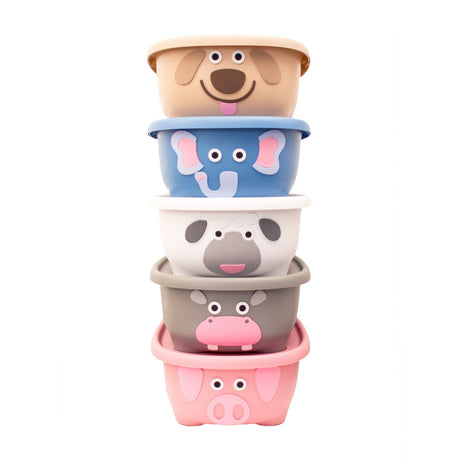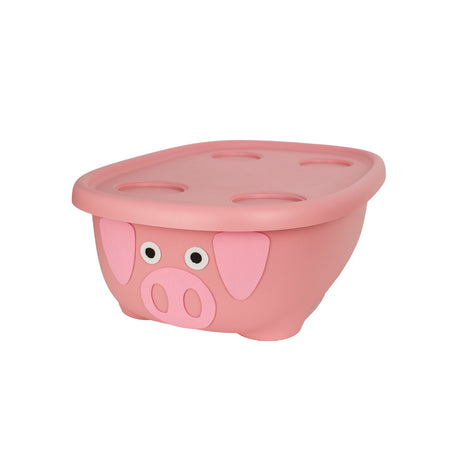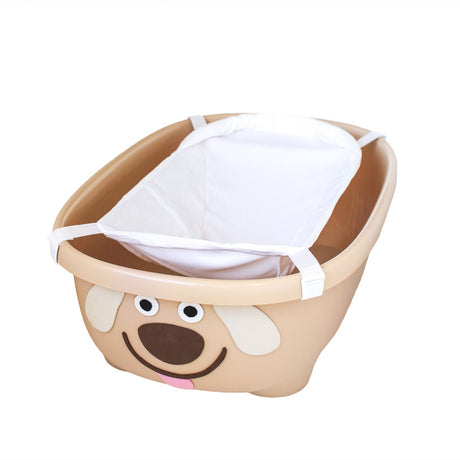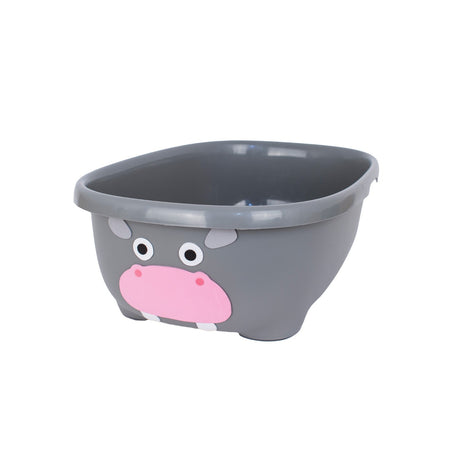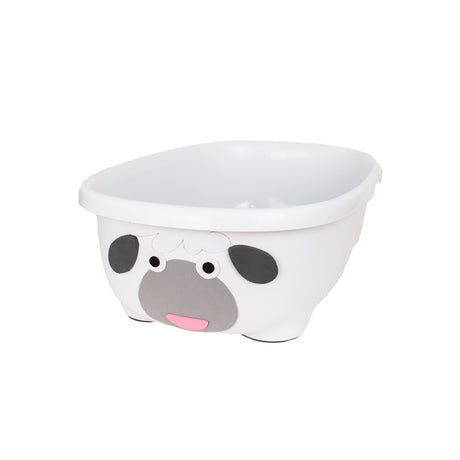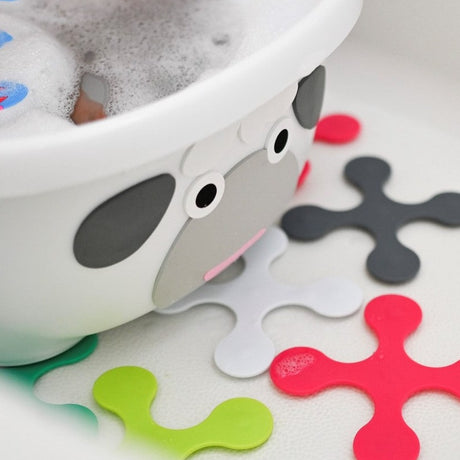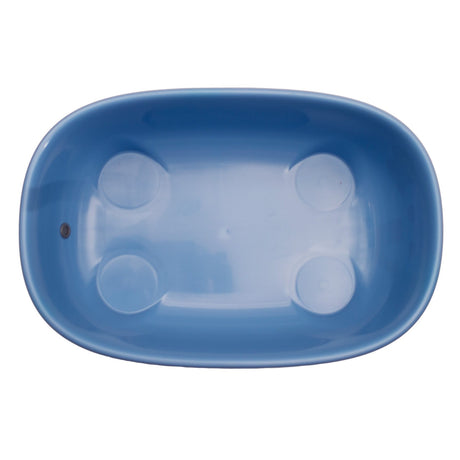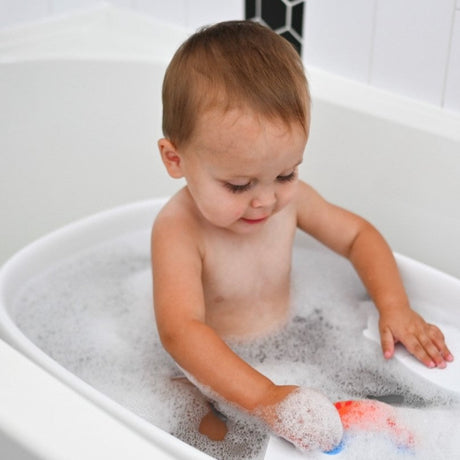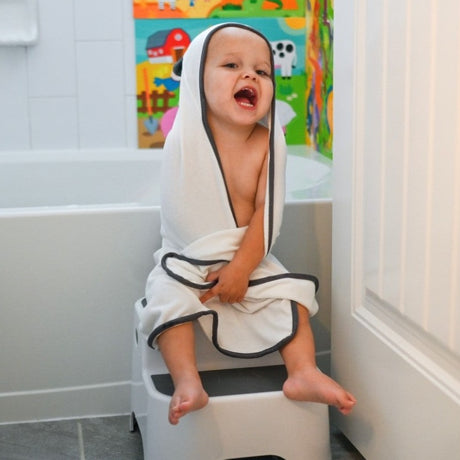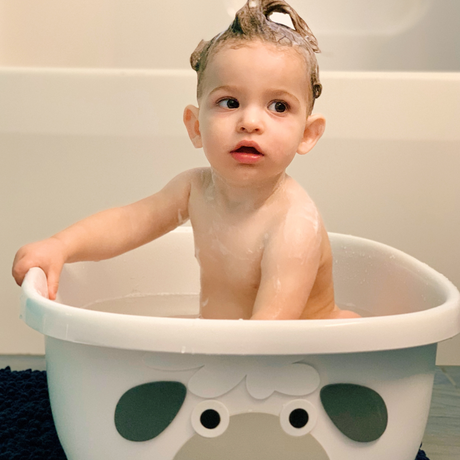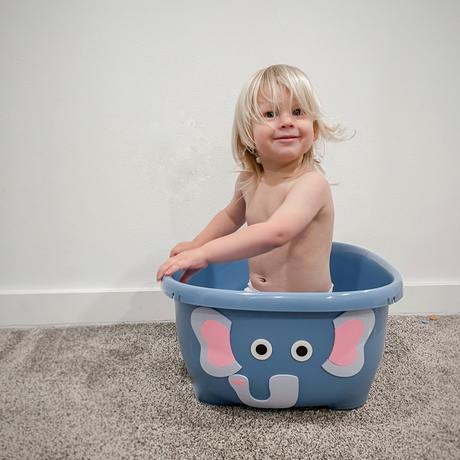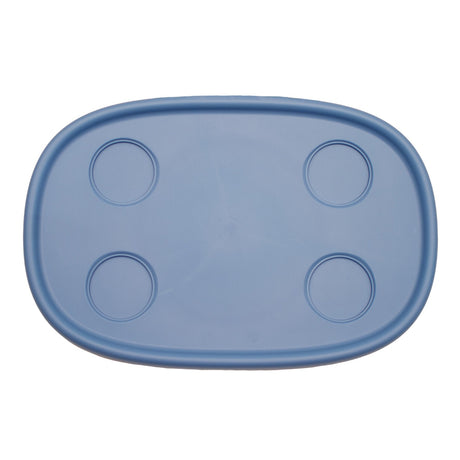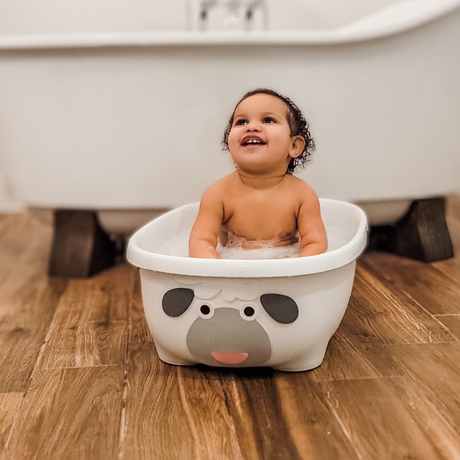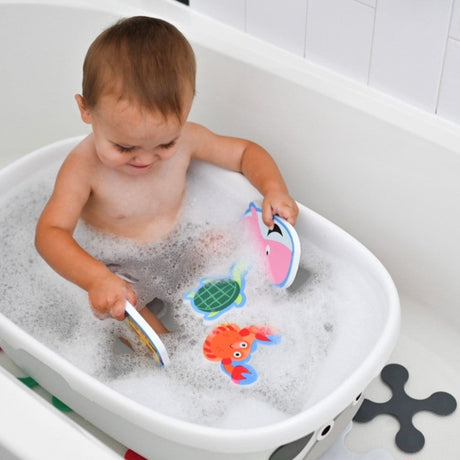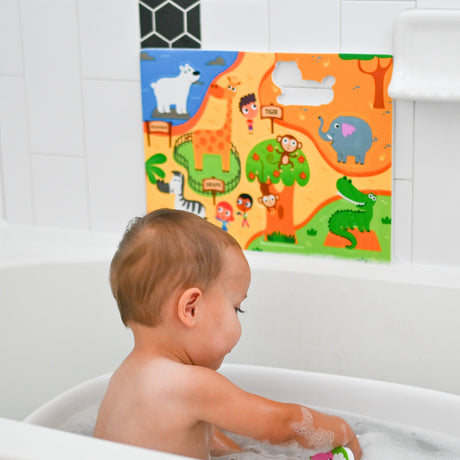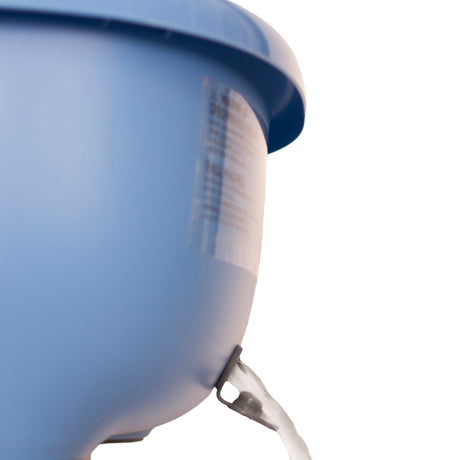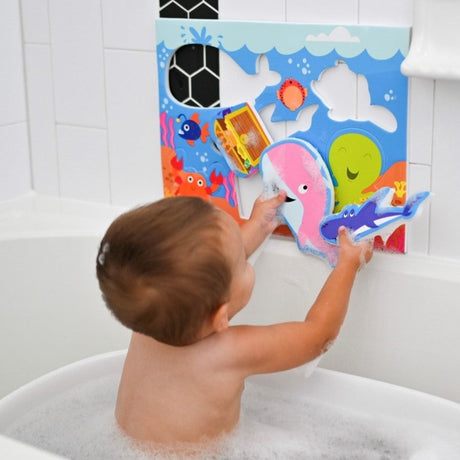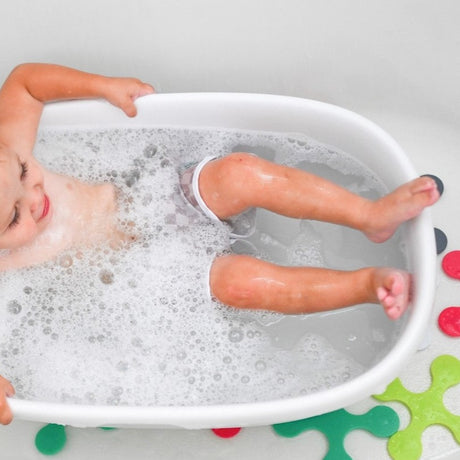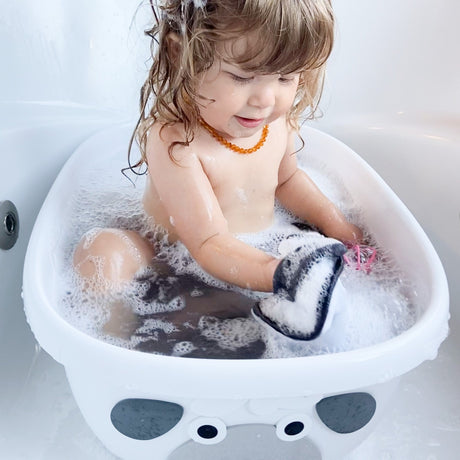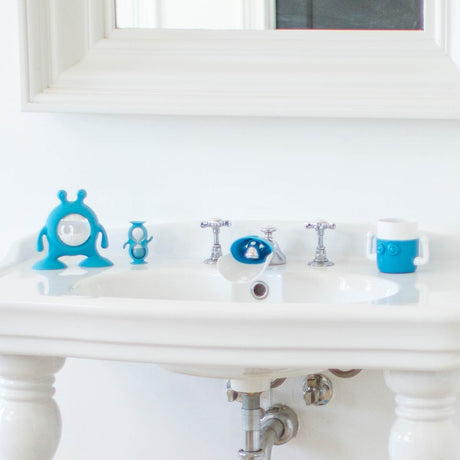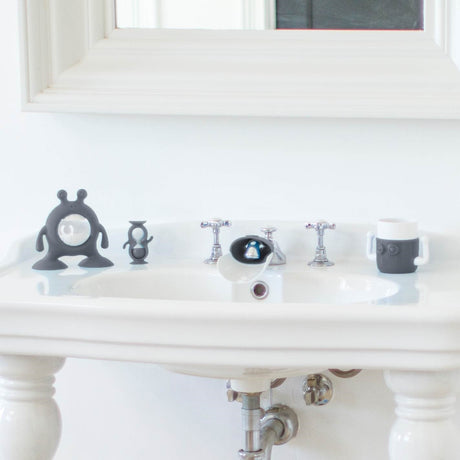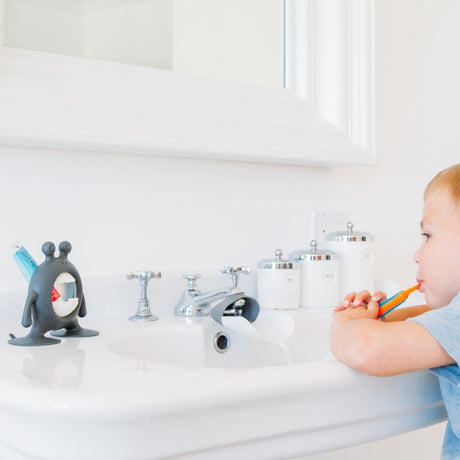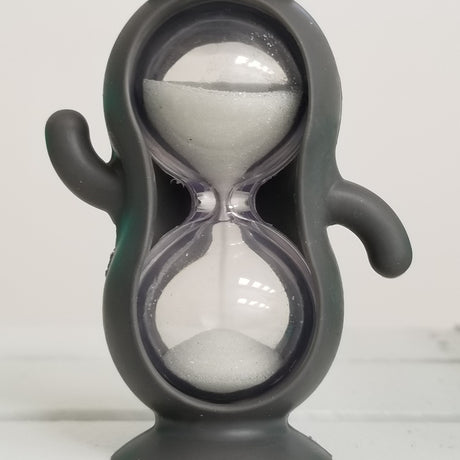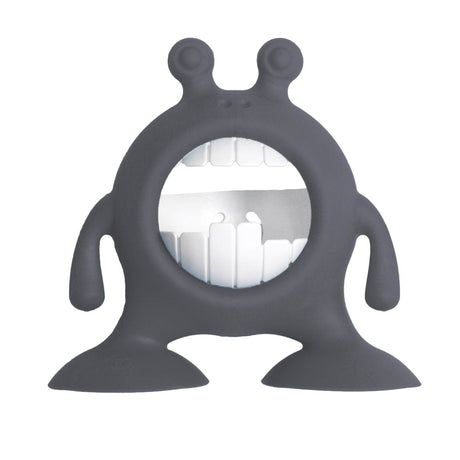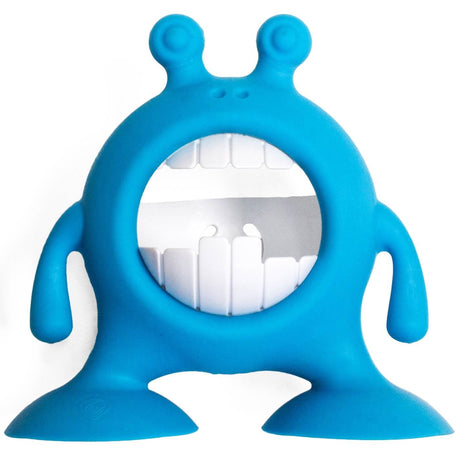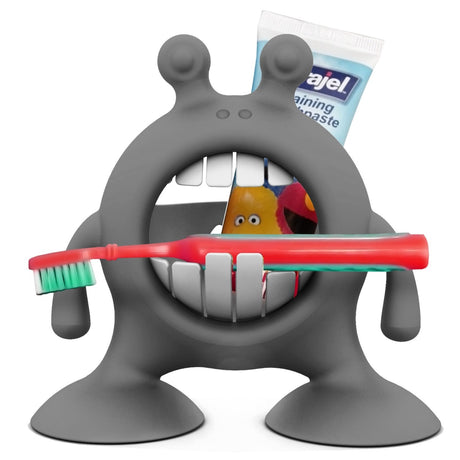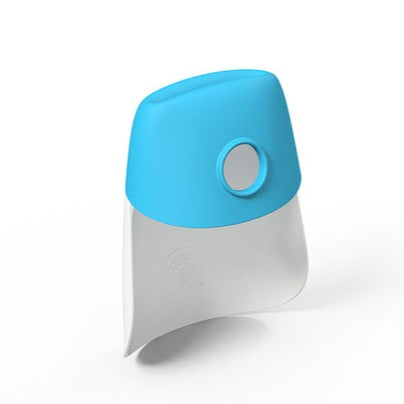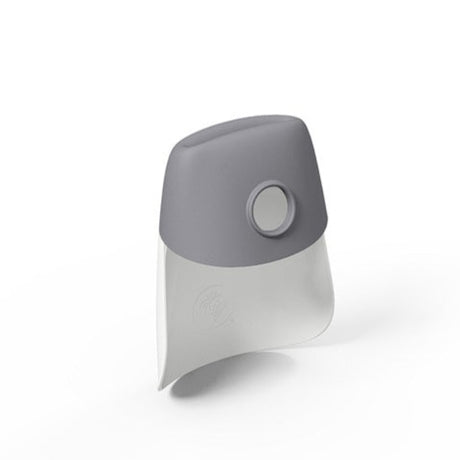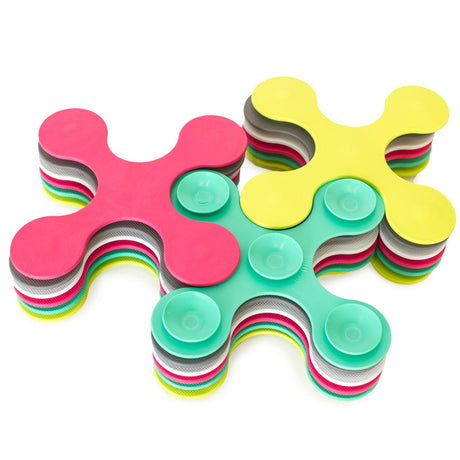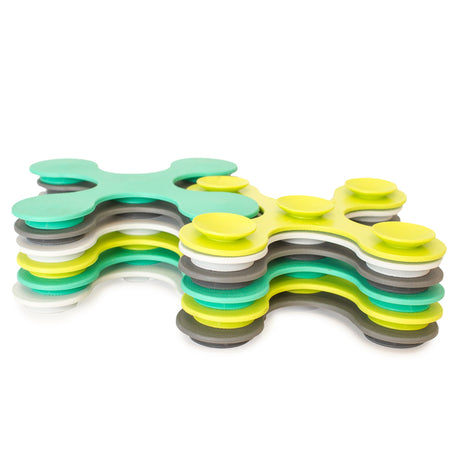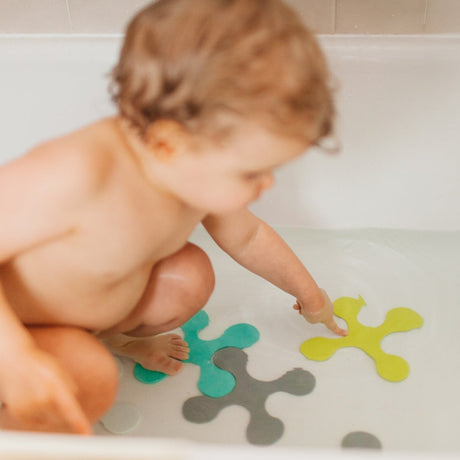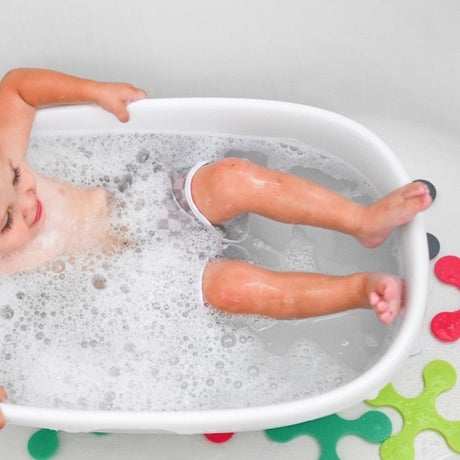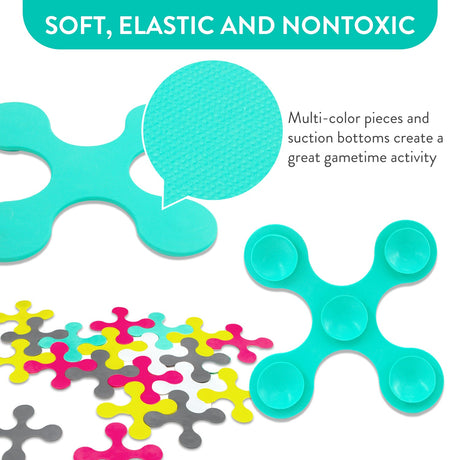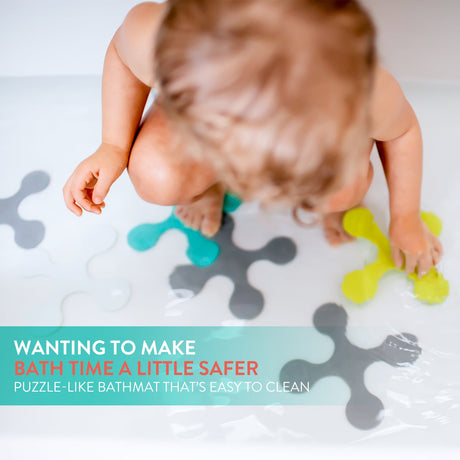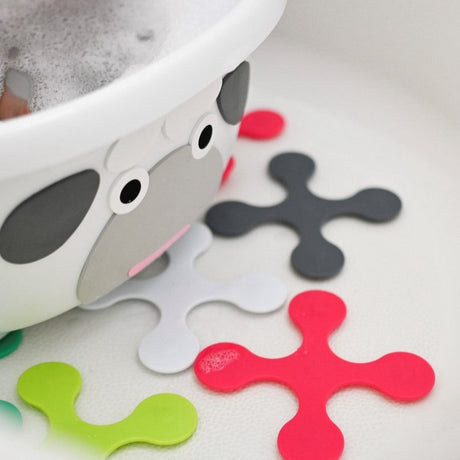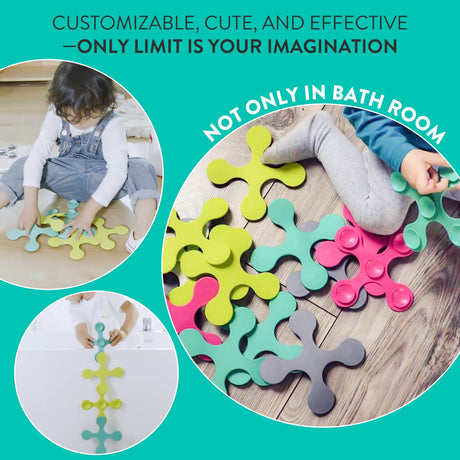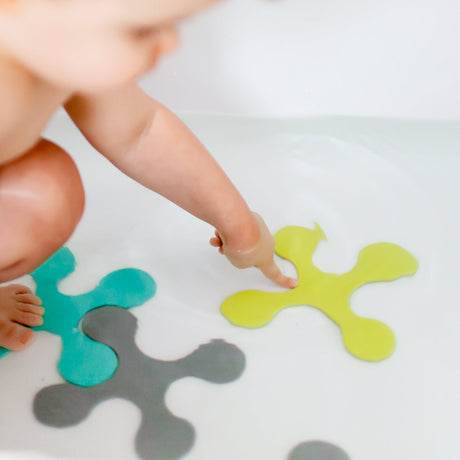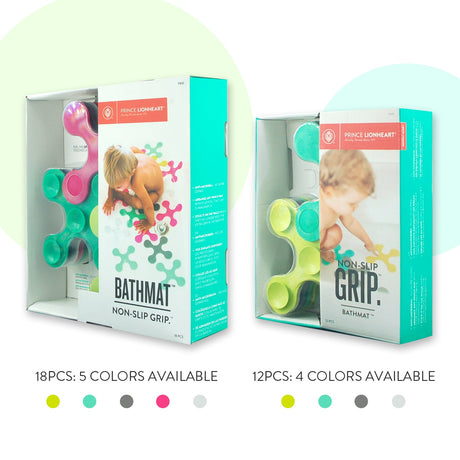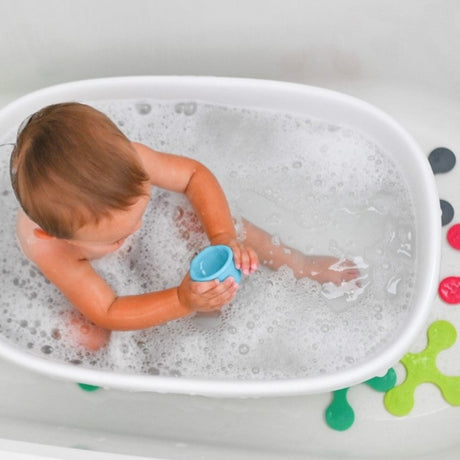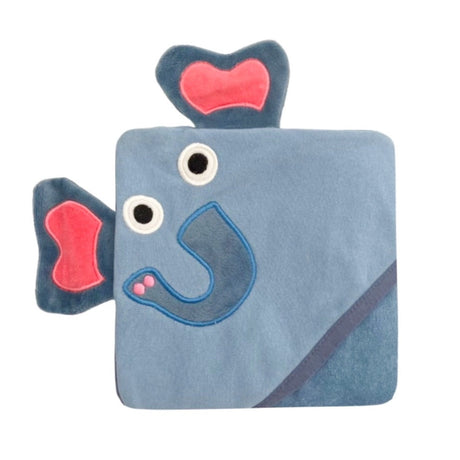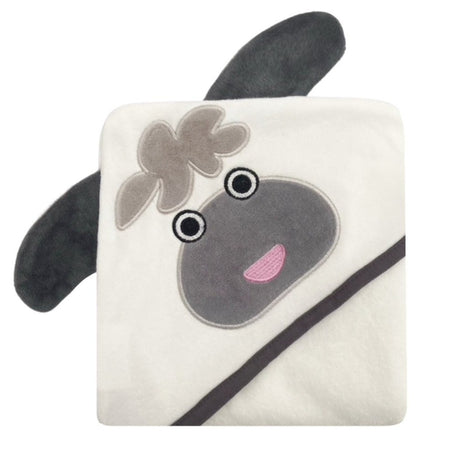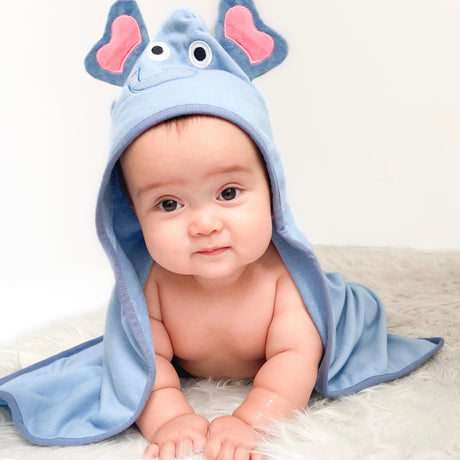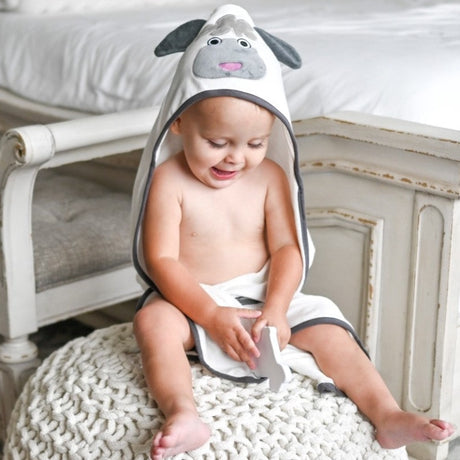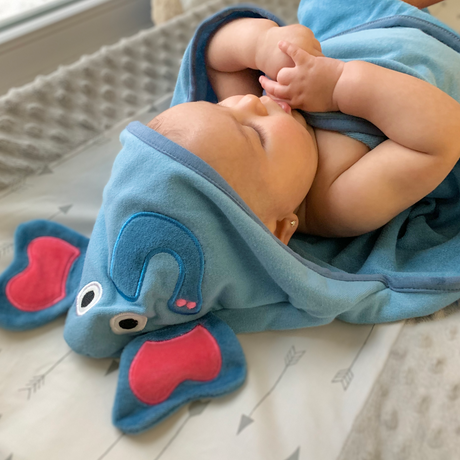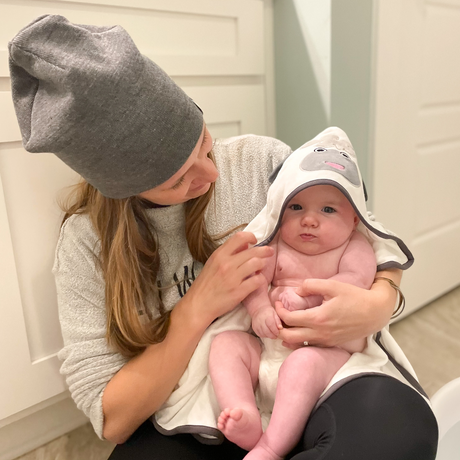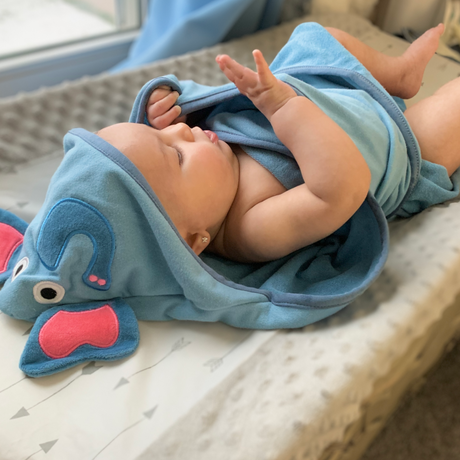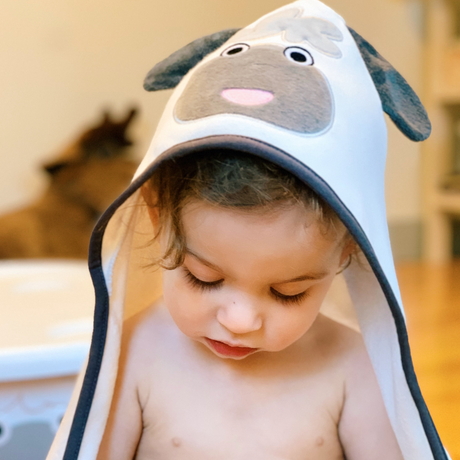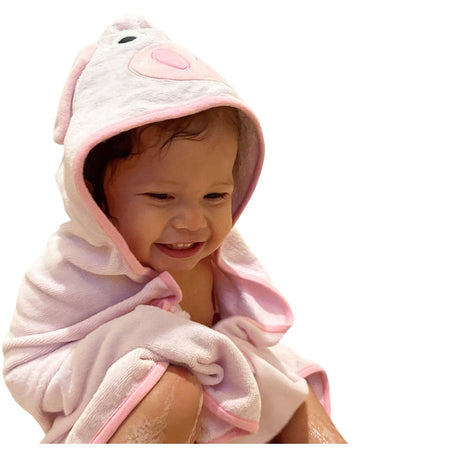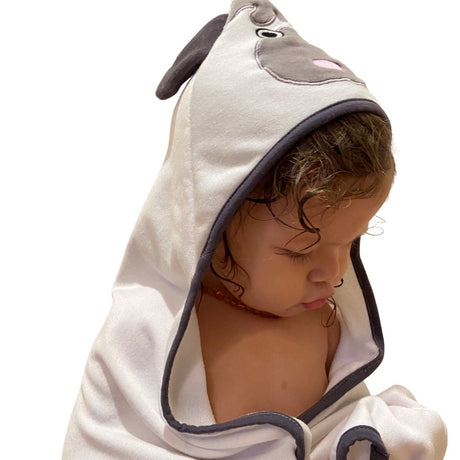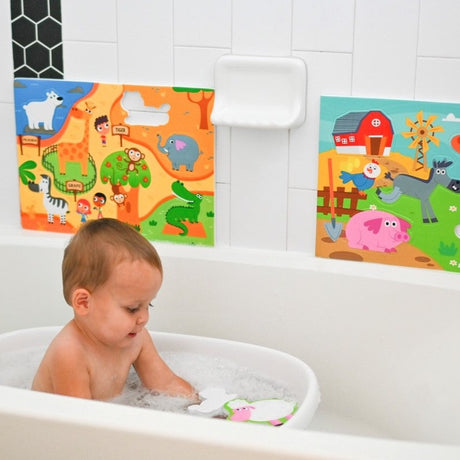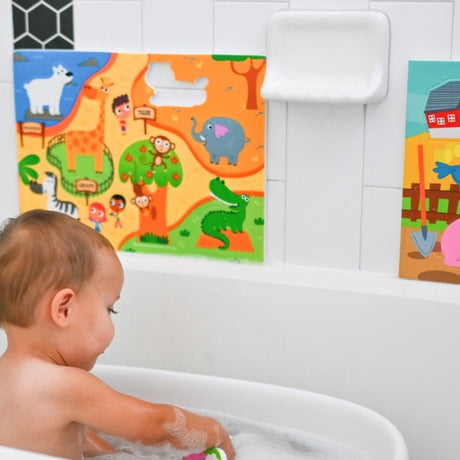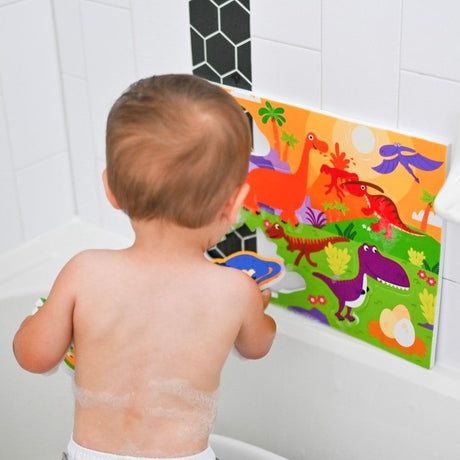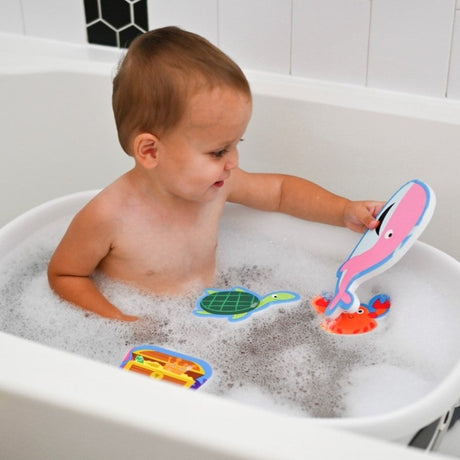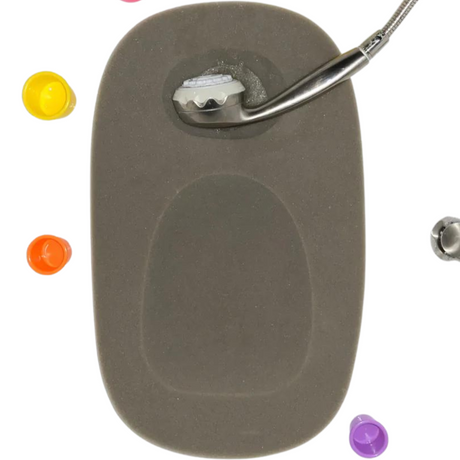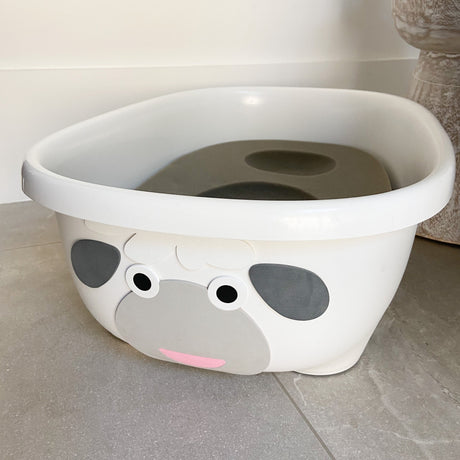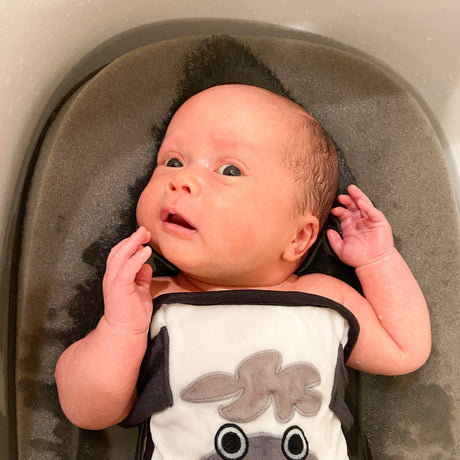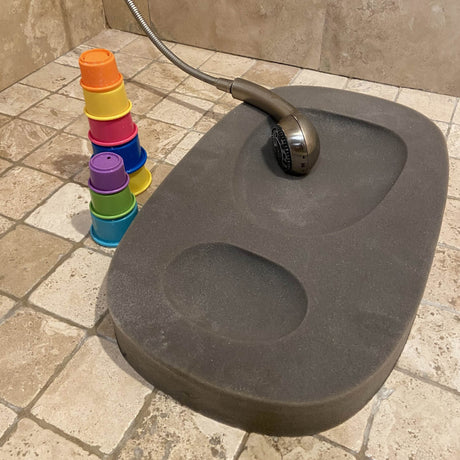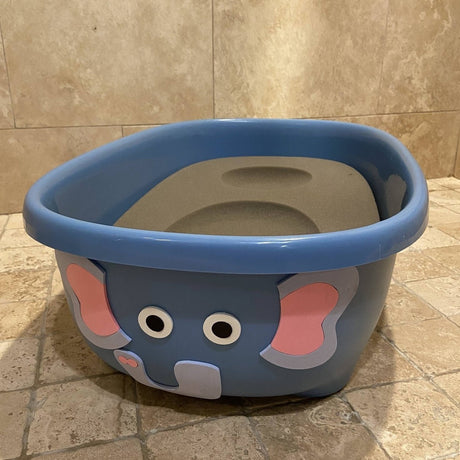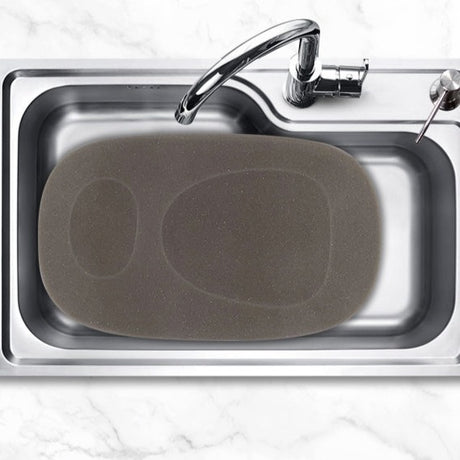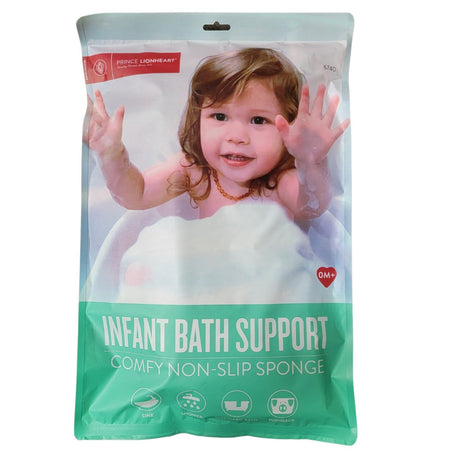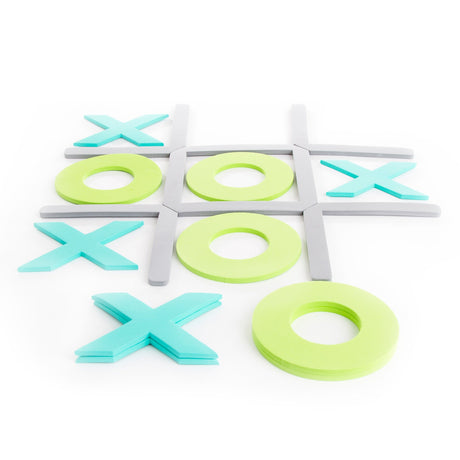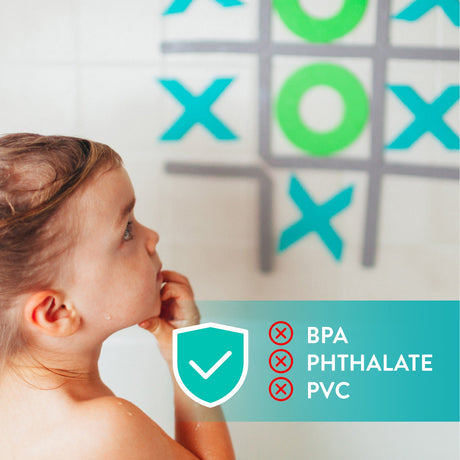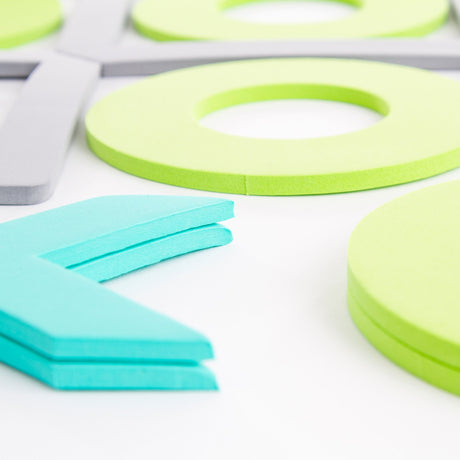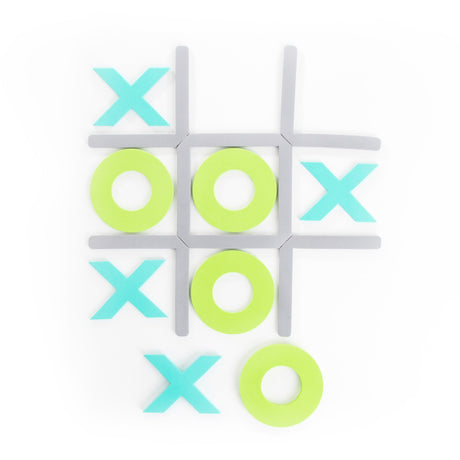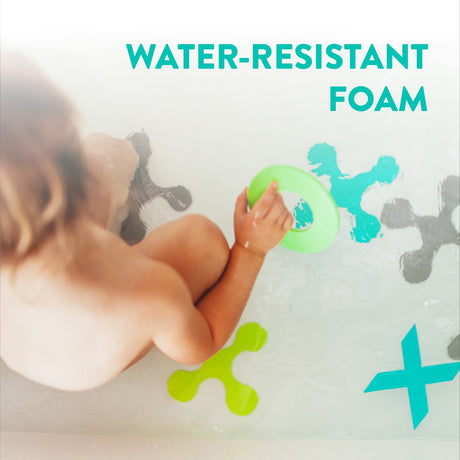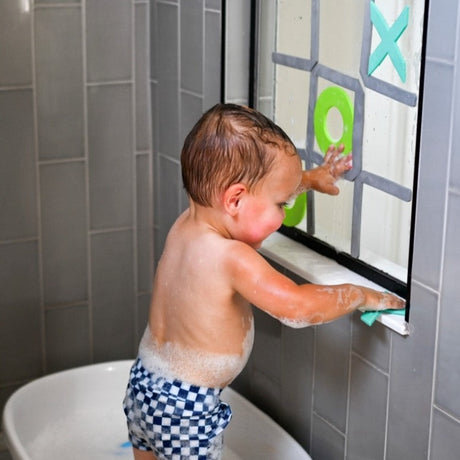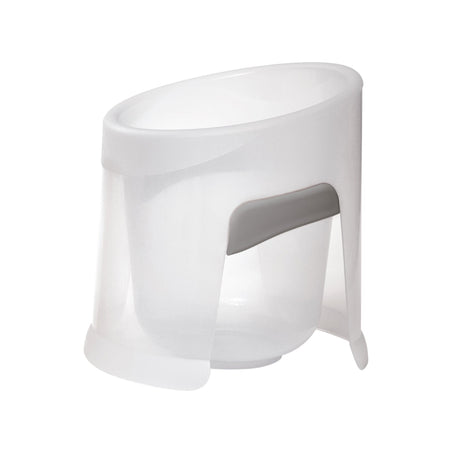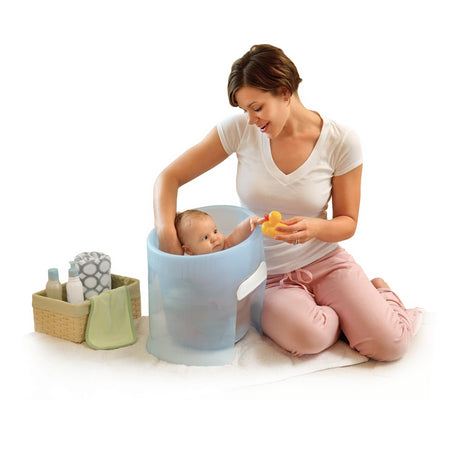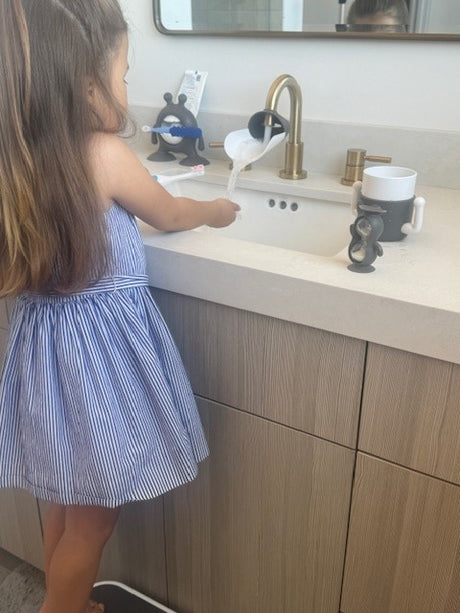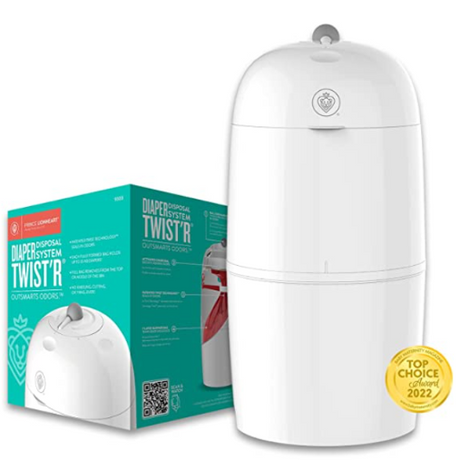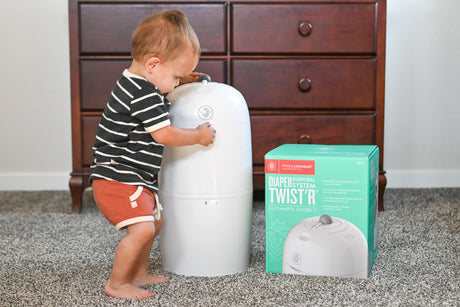Bumbo seats can be a great tool for helping your baby sit up and explore their surroundings. However, it’s important to use these seats safely to avoid any mishaps. In this blog, we’ll go over some essential safety tips to ensure your little one stays safe and happy.
1. Always Supervise Your Baby
Never leave your baby unattended in a Bumbo seat. While these seats are designed to provide support, babies are prone to unexpected movements that could lead to falls or other accidents. Constant supervision is key to ensuring their safety. It’s easy to get distracted by chores or your phone, but your undivided attention can prevent accidents. If you need to step away even for a moment, take your baby with you or place them in a safer environment.
Supervising your baby not only ensures their safety but is also a great opportunity to engage with them. Talk to your baby, play with them, and make the most out of these precious moments. By interacting with your child, you are not only keeping them safe but also aiding their development by encouraging social and cognitive skills.
2. Place the Seat on the Floor
Always place the Bumbo seat on the floor, not on elevated surfaces like tables, chairs, or countertops. Even if your baby seems secure, a minor wriggle could cause the seat to topple, resulting in serious injuries. The risk of falls is significantly reduced when the seat is on the floor. Babies can be unpredictable, and it’s always better to err on the side of caution to avoid accidents.
Placing the seat on the floor also allows your baby to engage more with their surroundings. They can safely observe and interact with family members or toys placed around them. It also provides a stable base that supports their emerging balance and coordination skills.
3. Use the Safety Straps
Ensure the safety straps are always fastened securely around your baby to keep them in place while seated. These straps are designed to prevent your baby from maneuvering out of the seat. According to the U.S. Consumer Product Safety Commission, it’s crucial to avoid using seat covers that interfere with the installation and use of the safety belt.
The safety straps should fit snugly but not too tight, ensuring that your baby is comfortable and secure. Regularly check these straps for wear and tear as frequent use can sometimes cause loosening or damage.
4. Check for Recalls
Stay updated on any recalls for Bumbo seats. This ensures you have the safest version of the product for your baby. The CPSC notes that recall notices may include upgrades or safety kits that can be crucial for the safe use of the seat.
You can sign up for recall alerts via email or check the manufacturer’s website regularly. Make sure to register your Bumbo seat when you purchase it, so you receive direct notifications about any potential safety updates.
5. Avoid Using on Soft Surfaces
Do not place the Bumbo seat on soft surfaces like beds or couches, as it can tip over easily. These surfaces are unstable and can shift unexpectedly, making it easier for the seat to tilt. Always opt for a flat, hard surface to maximize stability.
Soft surfaces give babies a false sense of security, and they might attempt to move more than they should, increasing the risk of tipping over. A solid floor helps keep the seat firm and your baby steady.
6. Watch for Signs of Damage
Regularly inspect the Bumbo seat for any signs of damage or wear and tear. Replace it if you notice any issues. Damaged seats can be unsafe and may not provide the intended support or safety for your baby. Pay special attention to the seat’s seams and safety straps.
It’s also important to maintain the seat properly. Clean it regularly to ensure it remains hygienic and check for any parts that might become loose over time. This proactive approach ensures the seat remains a safe and supportive tool for your baby.
7. Take Breaks
Do not let your baby sit in the Bumbo seat for extended periods. Give them frequent breaks to move and stretch. Prolonged use can limit their natural movement and developmental growth. Aim for no more than 30 minutes at a time.
Extended sitting can also cause discomfort and restrict blood flow. Allowing your baby to move around freely helps promote muscle development and motor skills. Encourage tummy time and free play to balance the periods they spend in the Bumbo seat.
8. Ensure Proper Age and Weight
Make sure your baby meets the age and weight requirements specified by the manufacturer before using the Bumbo seat. Typically, it’s suitable for babies who can hold their heads up independently and weigh less than 22 pounds.
Using the seat too early can be detrimental to your baby’s development. It’s advised to wait until your baby has adequate head and neck control. Consulting your pediatrician can provide additional guidance tailored to your baby’s specific needs.

